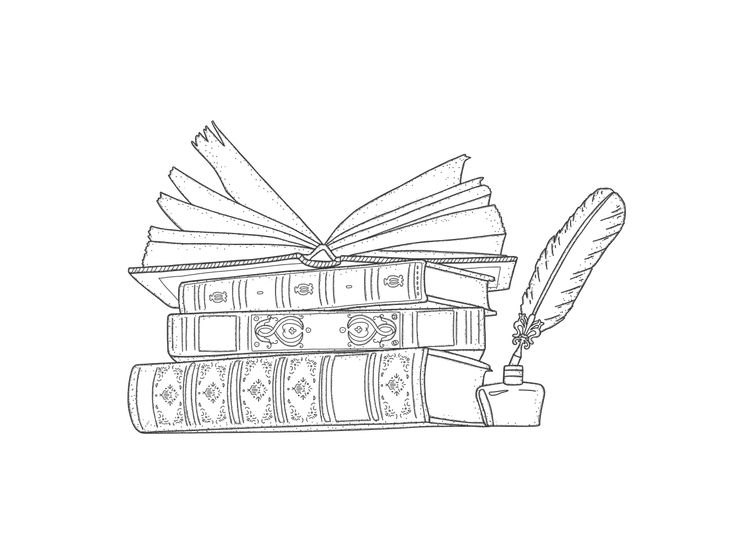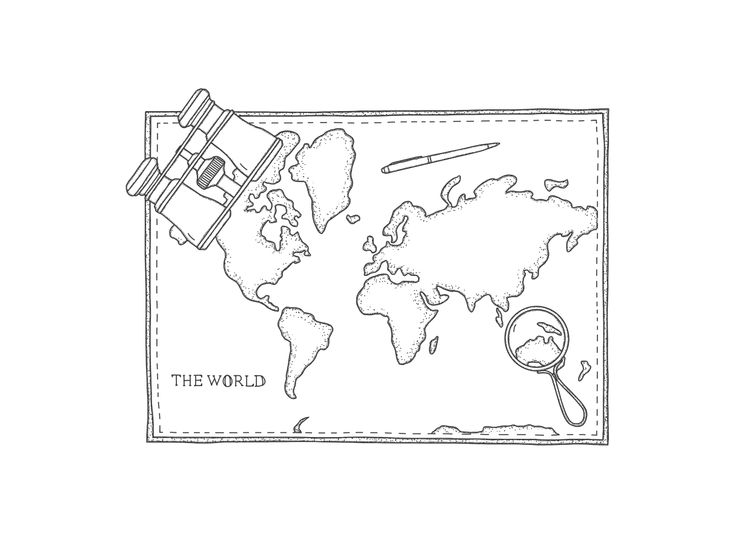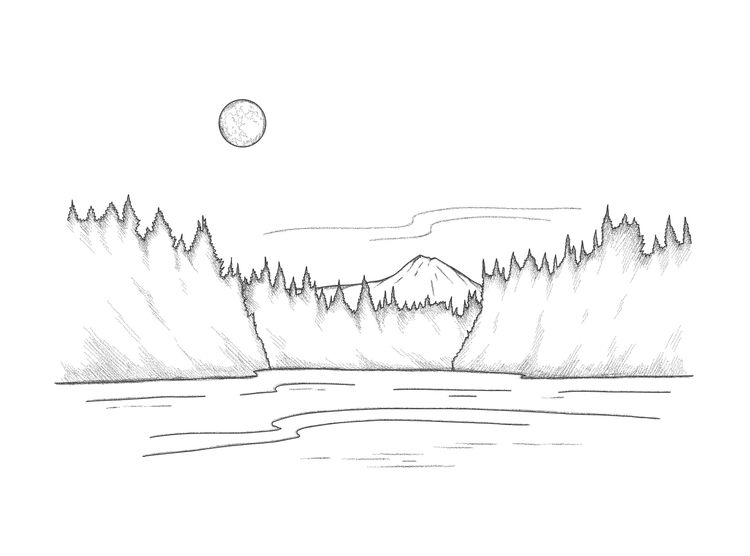Return

Return follows revelation and the gifts of awareness, knowledge and insight. We return from adventure—sometimes from discovering the world, always from discovering ourselves. We return to our lives—to our relationships, to our work, to our human communities and institutions.
We return to action. We engage with the world and offer what we have learned—about ourselves, about our purpose, about what we value most. In our return, the world is redeemed and renewed through us. We restore its sacred meaning.
Return is how great nations are founded. It is how true human community is formed. It is also how we live our lives, every day. We return from sleep, from prayer and meditation, from the here and now, from being, from mystery. We return to the past and to the future, to the here and there, to the describable, to the quantifiable, to doing.
Return asks us to take revelation and make it incarnate. Inexorably, the world turns myth into history, mystery into science, revelation into religion, poetry into mere description. It deconsecrates symbol and eviscerates meaning. And so we must once again approach the threshold of adventure, seeking redemption.
One of the first things that came to mind as I thought about this week's topic was the scene at the very end of Star Wars. The rebel alliance has destroyed the Death Star and sent Darth Vader packing. Luke Skywalker and Han Solo have returned victorious to the rebel base, where Princess Leia leads a celebration in honor of their heroic deeds.
I watched the film again this week. On the face of it, the hero's journey belongs to Luke. All the familiar motifs are here: the old man with mysterious powers who calls Luke to adventure (Obi-Wan Kenobi), the gateway to adventure (the spaceport at Tatooine), the forces of evil that test our hero (Darth Vader) and the supernatural forces that come to his aid (the "Force"). At one point in the movie, Luke even spends time inside the belly of the whale (the trash compactor on the Death Star).
But the spiritual center of the movie clearly belongs to Han Solo. Han is a mercenary, a smuggler, a man of the world. "Look, I ain't in this for your revolution and I'm not in it for you, princess," he tells Princess Leia after their escape from the Death Star. "I expect to be well paid. I'm in it for the money." "You needn't worry about your reward," she replies, contemptuously. "If money is all you love, then that's what you'll receive."
In the end, of course, Han learns that there is more to life than money. There are noble causes, there is duty, and there are the bonds of friendship and love. It is Han who shows up at the battle's decisive moment, risking his life not for money, but for something greater than himself. It is Han who enacts the hero's return, and renews the world through his own redemption.
Star Wars owes at least some of its power to the comparative mythologist Joseph Campbell. After reading Campbell, George Lucas went back to his script and revised it. "In reading The Hero with a Thousand Faces I began to realize that my first draft of Star Wars was following classic motifs," he told Campbell's biographer, Stephen Larsen. "So I modified my next draft according to what I’d been learning about classical motifs and made it a little bit more consistent."
For Campbell, the old myths and symbols must always be renewed because the world rationalizes them away and so strips them of their meaning. "That is the hero's ultimate difficult task," he writes in The Hero with a Thousand Faces.
How render back into light-world language the speech-defying pronouncements of the dark? How represent on a two-dimensional surface a three-dimensional form, or in a three-dimensional image a multi-dimensional meaning? How translate into terms of "yes" and "no" revelations that shatter into meaninglessness every attempt to define the pairs of opposites? How communicate to people who insist on the exclusive evidence of their senses the message of the all-generating void?
Every religion begins with revelation from the void, the prophet returning to the world with the holy Word, expressed through symbol. Over the centuries, the original message—the living truth of the religion—becomes obscured and distorted, as the world turns the symbolic language of revelation into literal truth.
Symbols are only the vehicles of communication; they must not be mistaken for the final term, the tenor, of their reference. No matter how attractive or impressive they may seem, they remain but convenient means, accommodated to the understanding. Hence the personality or personalities of God—whether represented in trinitarian, dualistic, or unitarian terms, in polytheistic, monotheistic, or henotheistic terms, pictorially or verbally, as documented fact or as apocalyptic vision—no one should attempt to read or interpret as the final thing. The problem of the theologian is to keep his symbol translucent so that it may not block out the very light it is supposed to convey. "For then alone do we know God truly," writes Saint Thomas Aquinas, "when we believe that He is far above all that man can possibly think of God." And in the Kena Upanishad, in the same spirit: "To know is not to know; not to know is to know." Mistaking a vehicle for its tenor may lead to the spilling not only of valueless ink, but of valuable blood.
Each week I explore a word that has touched my heart. Subscribe to get my newsletter every Sunday morning. You can also follow me on Medium, or on LinkedIn. Feel free to forward this to a friend, colleague, or loved one, or anyone you think might benefit from reading it.





